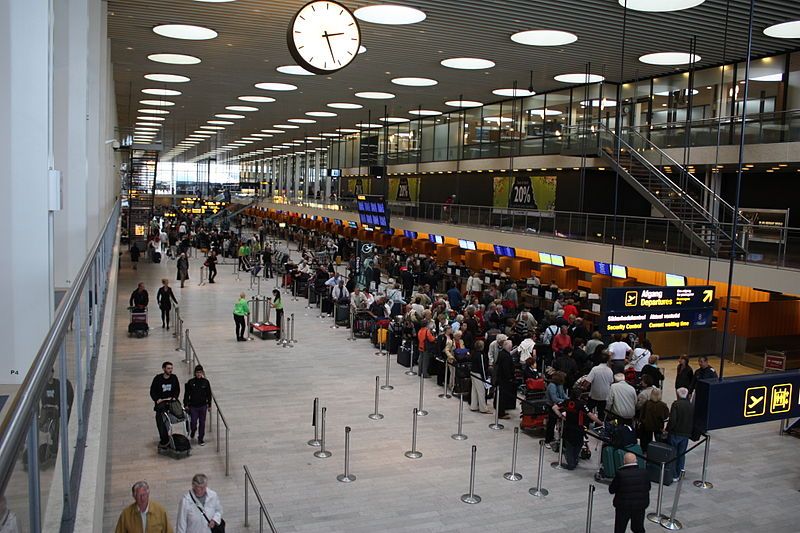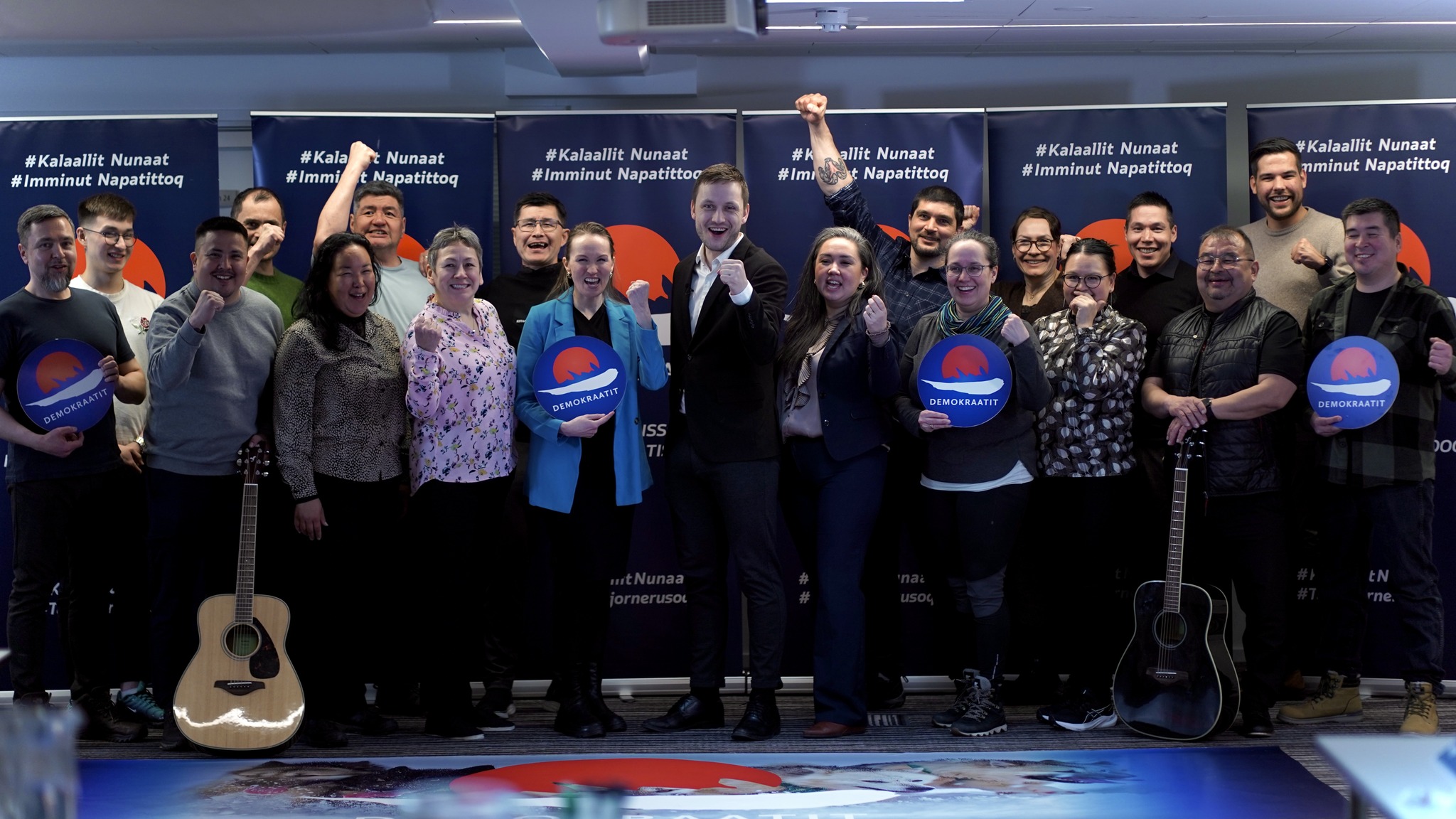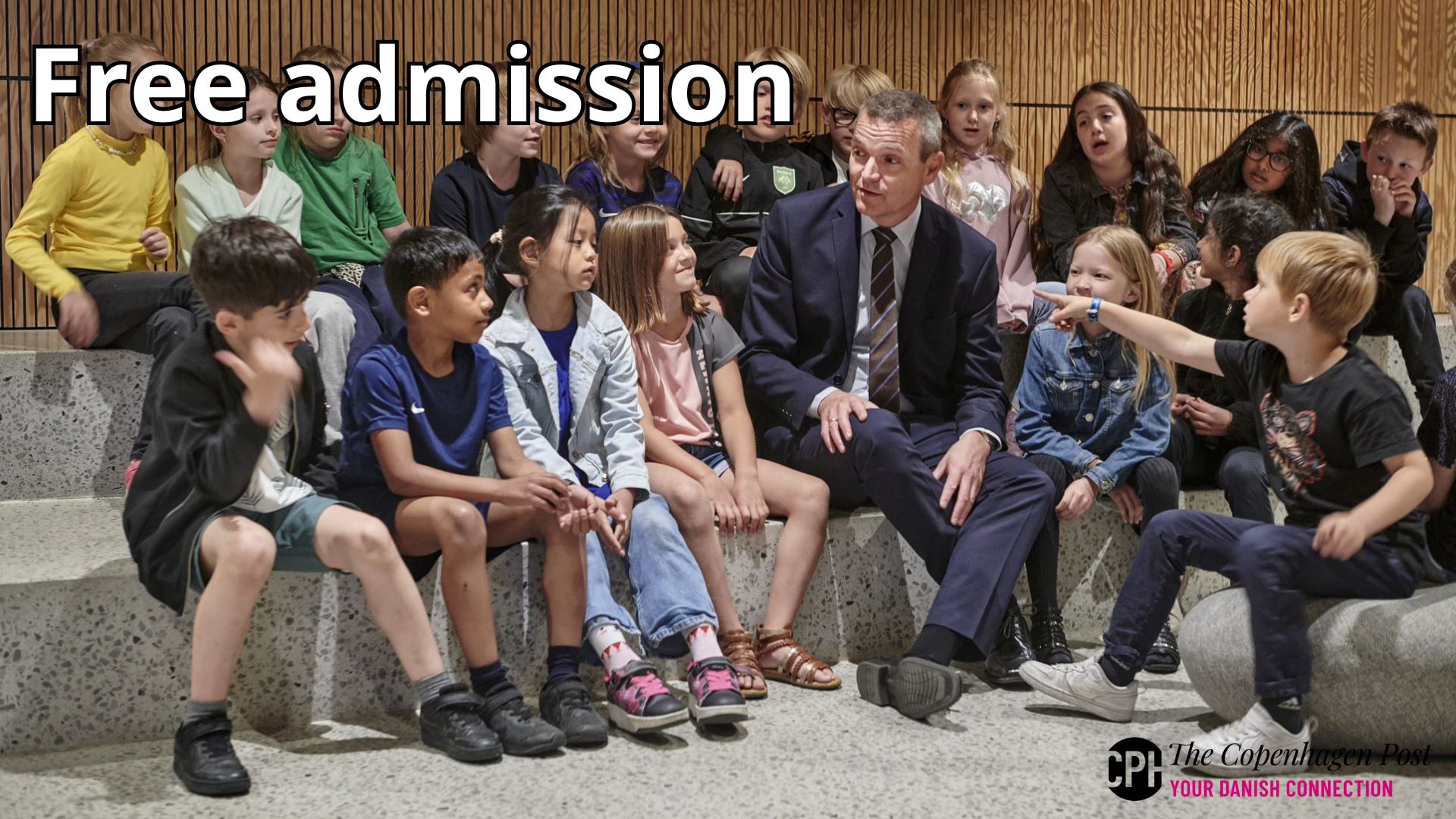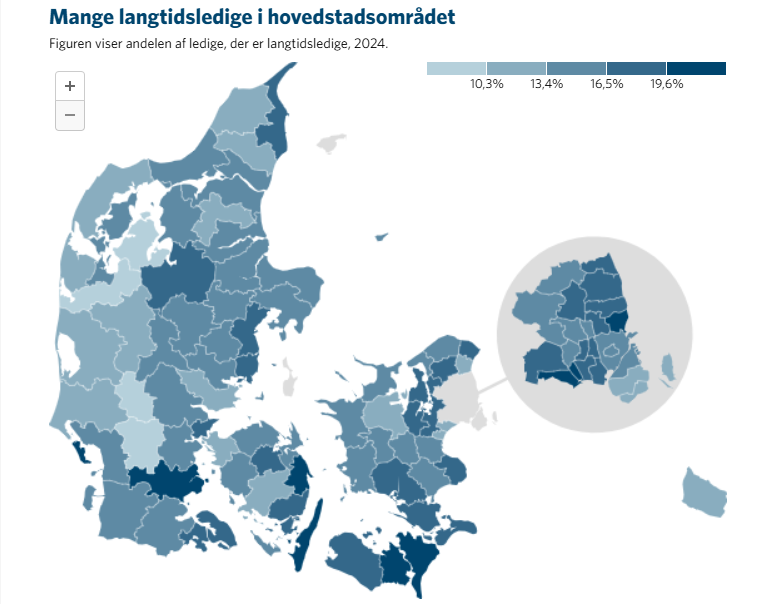The Luxembourg-born American photographer Edward Steichen (1879-1973) is one of the most influential photographers in the history of the art. At the age of 15, he began studying lithography, and alongside his studies he taught himself to draw and paint. A year later, he bought his first camera and soon after started to work as a photographer.
Steichen was a revolutionary – he was one of the first people in the US to use a colour camera and therefore one of the earliest to experiment with colour photography. His work was groundbreaking, not only in terms of technique but also in terms of his approach, as he became part of the Pictorialist movement. Up until the Pictorialist movement, many maintained that photography was merely a recording of reality, but the movement sought out to prove that photography could be art too. The movement founded Pictorialism in the photography world − a style where the photographer sought out to create an image or situation, rather than just record it. This is evident in Steichen’s portraits as well as the fact that in 1911 he became one of the very first fashion photographers. Despite being accused of selling out, Steichen was adamant that photographing fashion was an art form. He later moved into portraits and took some definitive pictures of celebrities such as Charlie Chaplin and Winston Churchill, many of which are on display at the exhibition.
Steichen’s work is very broad and diverse, and the exhibition has a vast display of his stunning portraits, which range from stylish fashion portraits to ghostly black and white portraits dating back to the very beginning of the last century. There are also breathtaking landscapes, both in colour and black and white. There are furthermore some photographs of various situations, such as street photographs and experimental subjects that serve as a valuable documentation of life and the artform in the early decades of the 20th century.
The photographs on display are multifaceted, not only in their nature but also due to the fact that Steichen’s work starts at the beginning of the 20th century and spans several decades. The exhibition also contains select photographs by various other artists that serve as proof of his lasting influence on other artists and the world of photography as a whole.
The exhibition is a must-see for those who are devout fans of the medium, and no less so for those who know nothing of the artform, as you couldn’t wish for a better way to take a beginners’ course on the history of photography.
The exhibition is hosted by the National Museum of Photography, which has cleverly chosen the basement of the Black Diamond of the Royal Library. Although it might be seen as incidental, putting the exhibition on display in the windowless basement accentuates the romantic atmosphere of the dim photographs − particularly the portraits.
Apart from the temporary exhibitions, the Black Diamond houses the National Museum of Photograpy, the Royal Book Museum and the Danish Museum of illustration. The central location of the Black Diamond, combined with the comparatively late opening hours, makes it an ideal place to unwind after a long day at work, as well as a lazy weekend stroll.
Edward Steichen
National Museum of Photography at the Black Diamond, Søren Kierkegaards Plads 1, Cph K; ends Feb 9; open Mon-Sat 10:00-19:00; Tickets 40kr, concessions available, under-16s free adm; www.kb.dk/da/dia/fotomuseum













